Building a house is usually a very serious investment. Fortunately, there are ways to significantly lower the costs. Read our advice on how to build a house cheaply, but at the same time quickly and reliably.

Building a house is usually a very serious investment. Fortunately, there are ways to significantly lower the costs. Read our advice on how to build a house cheaply, but at the same time quickly and reliably.
Total investment
There are many different factors that influence the investment costs of building a home. First of all you will need some land, and the price of land depends largely on the location. The cheapest plots can usually be found in rural areas or in small villages.
The other costs depend on the:
- type of materials,
- architectural design (the style and size of the building),
building technology,
- type of installations,
- finishing materials,
- construction method (yourself or a contractor).
By paying attention to each aspect of the whole process, you can save on all of the above elements without a visible loss of quality. Bear in mind that smart savings are not about using the cheapest, but the most optimal solutions. If you start to build a house with poor-quality materials, it may turn out that the construction will continue indefinitely, and later repairs can cost a fortune.
Building a house – labour costs
Choosing the construction method is a key aspect. If you entrust the work to professionals, labour costs will amount to around 30-40% of the total investment. This is quite a lot, so many people wonder how to lower this cost by doing as much as possible by themselves.
But bear in mind that although doing a lot of the work yourself may seem highly beneficial, because you only pay for building materials, in the end the cost may turn out to be comparable. First of all, building a house yourself usually takes much longer. During this time, building materials often become more expensive, and the ongoing construction can be exposed to adverse weather conditions.
Additional unexpected problems (which are common at building sites) will cost you time and money, which professional contractors usually deal with much more effectively. Many experienced builders decide to set up their own construction companies. A good idea would be to find a company that has just started to operate, but was created by people who know the industry. The services of such companies are usually cheaper. You can search among friends and by recommendation.
To sum up, if you have the skills, free time and the right approach then it is worth trying to build a house yourself. But if you lack the necessary experience and knowledge, it is better not to risk it. You could also “gain” experience, for example building a summer house in the garden.
Building a house step by step
It’s a good idea to find a contractor who lives nearby. This way they should be familiar with the local requirements and will also live close to the construction site. Bear in mind that the simpler the house, the lower the total construction cost will be.
Groundworks and sophisticated elements of the roof truss will make up for a large part of the costs. Letting do without a basement, a fancy attic and additional elements such as balconies, bay windows, terraces or porches will let you lower the costs by up to 40%!
You can also save money on the finishing materials. This applies to both the building’s facade and interiors. The use of expensive material could mean that the costs will exceed the price of building the shell. Additionally, by choosing cheaper – but easy to maintain – plastic siding, instead of decorative plaster or wooden cladding, you won’t have to worry about how to clean the facade later on.
The floors, furniture and fittings should, of course, meet your expectations, but it is worth managing your budget wisely. If you are on a low budget, keep in mind that the many finishing elements can be easily replaced in the future. In such cases it is good to equip the house as cheaply as possible. A modestly but comprehensively designed house is always better than a dream house that you cannot afford.
A separate brick garage is another expensive element. So maybe go for an attractively designed wooden shelter instead? You can also lower the costs by allocating space for a car inside building’s shell.
Walls
The exterior walls of residential buildings are currently made of a wide variety of materials. The most popular are: concrete blocks, silicate, bricks, ceramic blocks, stone, wood. Choosing the optimal raw material depends on many factors, and the prices of specific types may vary significantly, e.g. depending on the region. Generally speaking, when building a brick house, the cheapest walls are made of ceramics, then cellular concrete, expanded clay and silicate. The latter material has many advantages, including being the most resistant to compression.
You could also build a house out of wood. Such houses are much quicker to build (it usually takes only 4 months to build a frame wooden house ), and the total cost is usually slightly lower compared to a brick building of a similar size (5% on average). However, bear in mind that due this type of construction being less popular, finding a good and experienced contractors at a reasonable price may not be easy. Unfortunately, if the works are not carried out properly, problems with the durability of the house will appear quite quickly.
Windows and doors
You might think that the smaller the windows, the lower the final construction cost will be. It turns out, however, that although you save on the windows you have to pay more for the walls, due to using more material. Large windows, on the other hand, have many advantages – they let you easily watch what’s going on outside, provide better access to light and will additionally heat your home with sunlight. Heat losses will be insignificant if you choose models with good insulation properties.
There are many types of window available on the market at very different prices. When choosing the right one, you should take into the sealing and durability. In general, plastic windows are considered to be more durable, although they cannot be repaired as easily as wooden ones. Windows are usually a one-time expense – they should last for years to come. Choosing cheap, but very leaky, poor-quality windows will result in high heat losses and thus generate higher costs.
The same goes for the door. The front door should provide you with maximum protection, so it is worth investing in higher quality, securer doors.
When choosing the doors and windows, you should also pay attention to special deals, because last year’s models at DIY shops are often sold at very attractive prices.
The roof
The construction of the roof is a very important part of the cost estimate. The cheapest option are traditional pitched roofs without additional bends, dormers, etc. When it comes to the outer layer, metal roof tiles are generally the best option in most cases. It is worth noting that modern tiles often have an attractive design. They are also available in a very wide range of colours and patterns.
A disadvantage compared to traditional tiles is that they are less durable (more susceptible to breaking), as well as noisier in the rain and offer less heat isolation.
Necessary tools for building a house
To build a house cheaply and reliably, it is necessary that you have the right tools. Good construction equipment will let you carry out the work quickly and efficiently, which will reduce labour costs. If you do decide to build a house yourself, the following tools will most certainly be necessary:
- a cement mixer,
- wheelbarrows and trolleys for transporting materials,
- a soil compactor,
- a concrete power trowel,
- accessories: shovels, spades, trowels, spirit levels, nails, screws, etc.
The building site should also be equipped with a power generator, which will give you access to electricity in any situation. Demolition hammers, air dryers and heaters will also come in handy.
Various types of power tools will be indispensable during finishing works: drills, screwdrivers, thermal knives for cutting polystyrene boards, riveting machines, plaster grinders, etc. This 2,200 W Floor Grinder is an indispensable tool when you want to prepare floors made of concrete or screed, whether for a new surface or for a fresh layer of screed. With a saw featuring a powerful motor and large blade, you’ll have the perfect tool for quick and effortless concrete floor cutting. You’ll be able to easily handle tasks like pipe installations or repairs – fast, efficiently, and with minimal effort.
How to build a cheap house – summary
When looking into building a house, you should take a look at and analyse many factors that will allow you to lower the costs. If you want to save money, focus on simplicity – an ordinary shell without decorative details and basements. Use recommended, but inexpensive materials for the construction, and look for special deals at the finishing stage. These are universal tips that will work in most cases.
Remember that a modern, energy-saving passive house will usually be more expensive when it comes to the construction itself than erecting a structure based on traditional methods. However, it will significantly reduce the operating costs of the building in the future. Cheaper does not always mean better in the end!

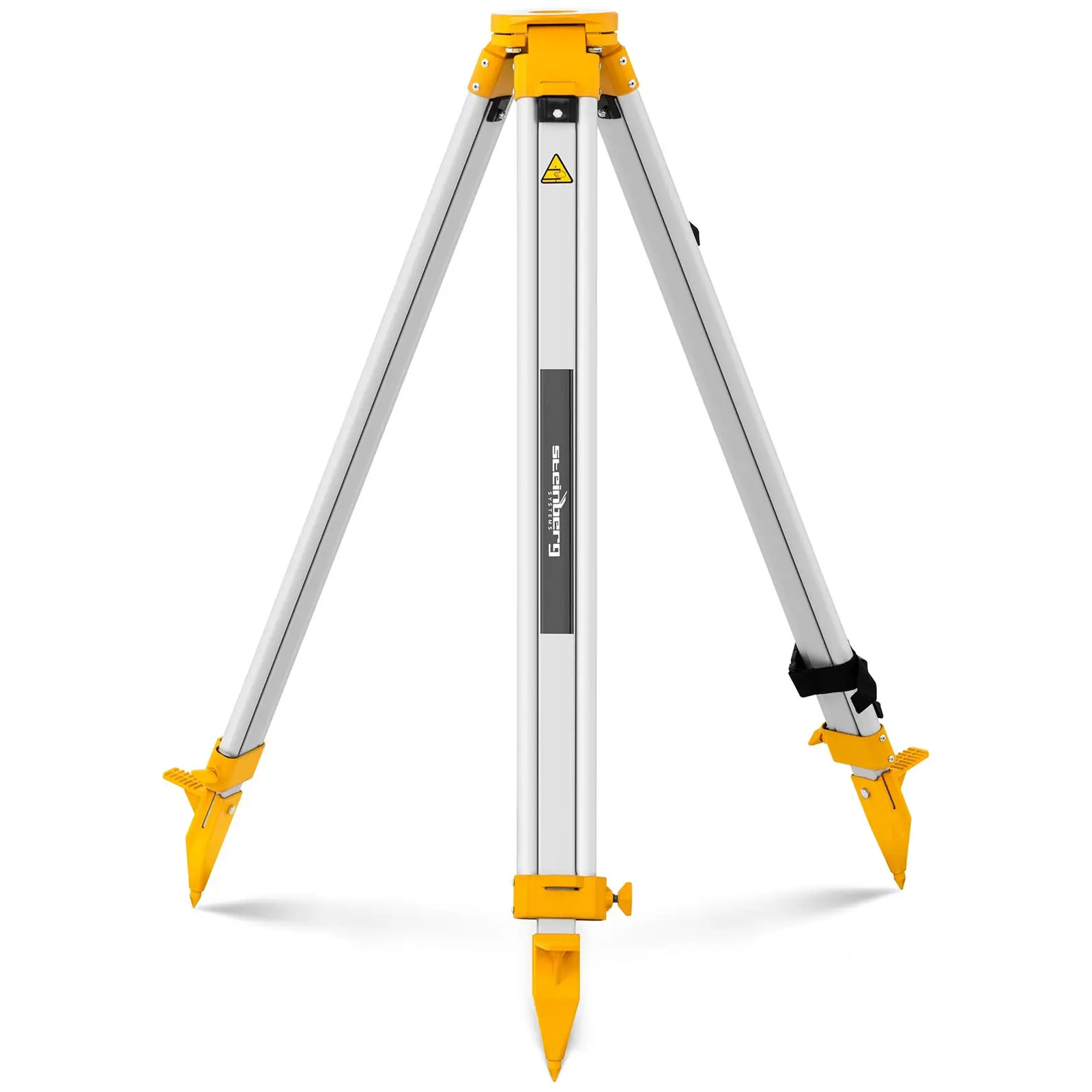


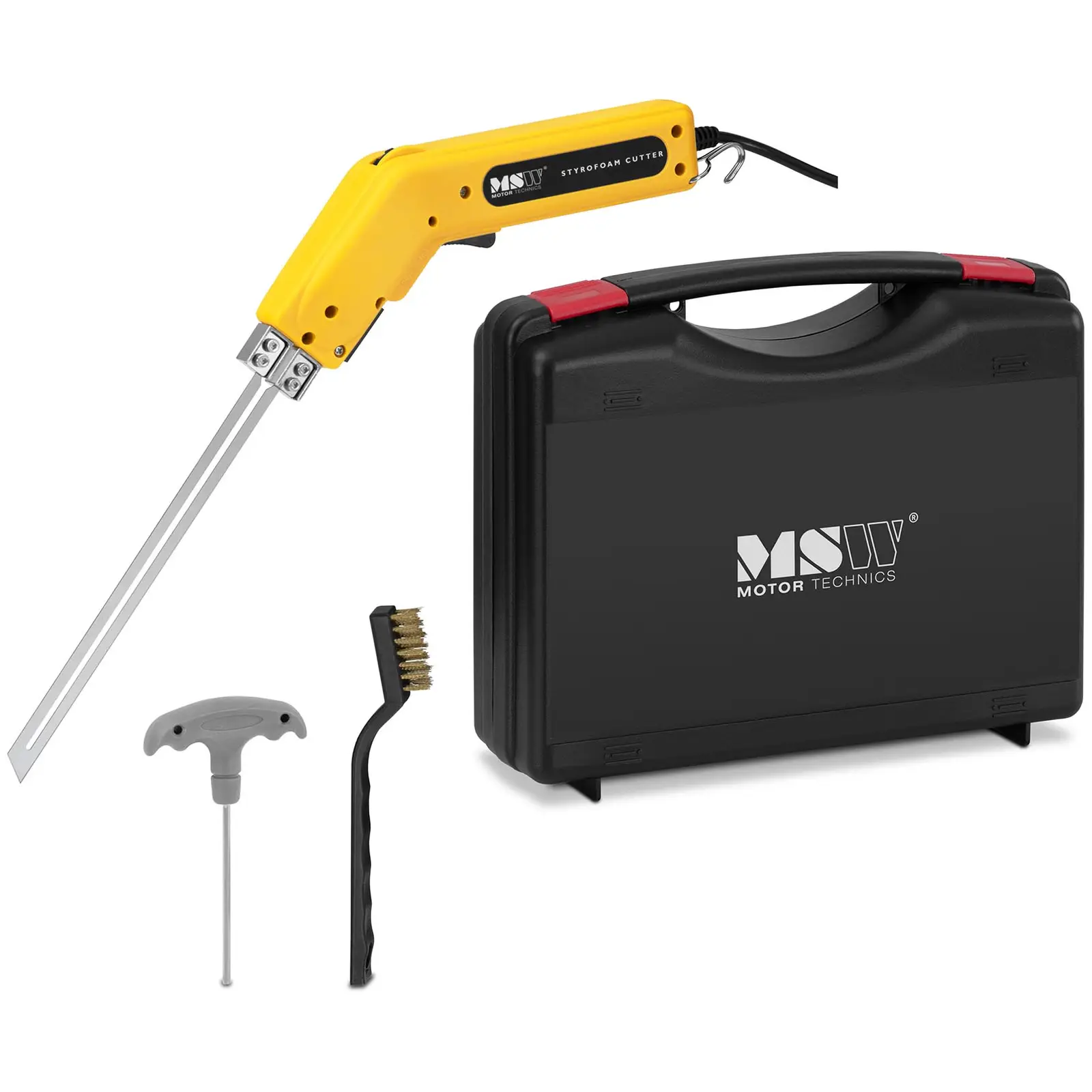

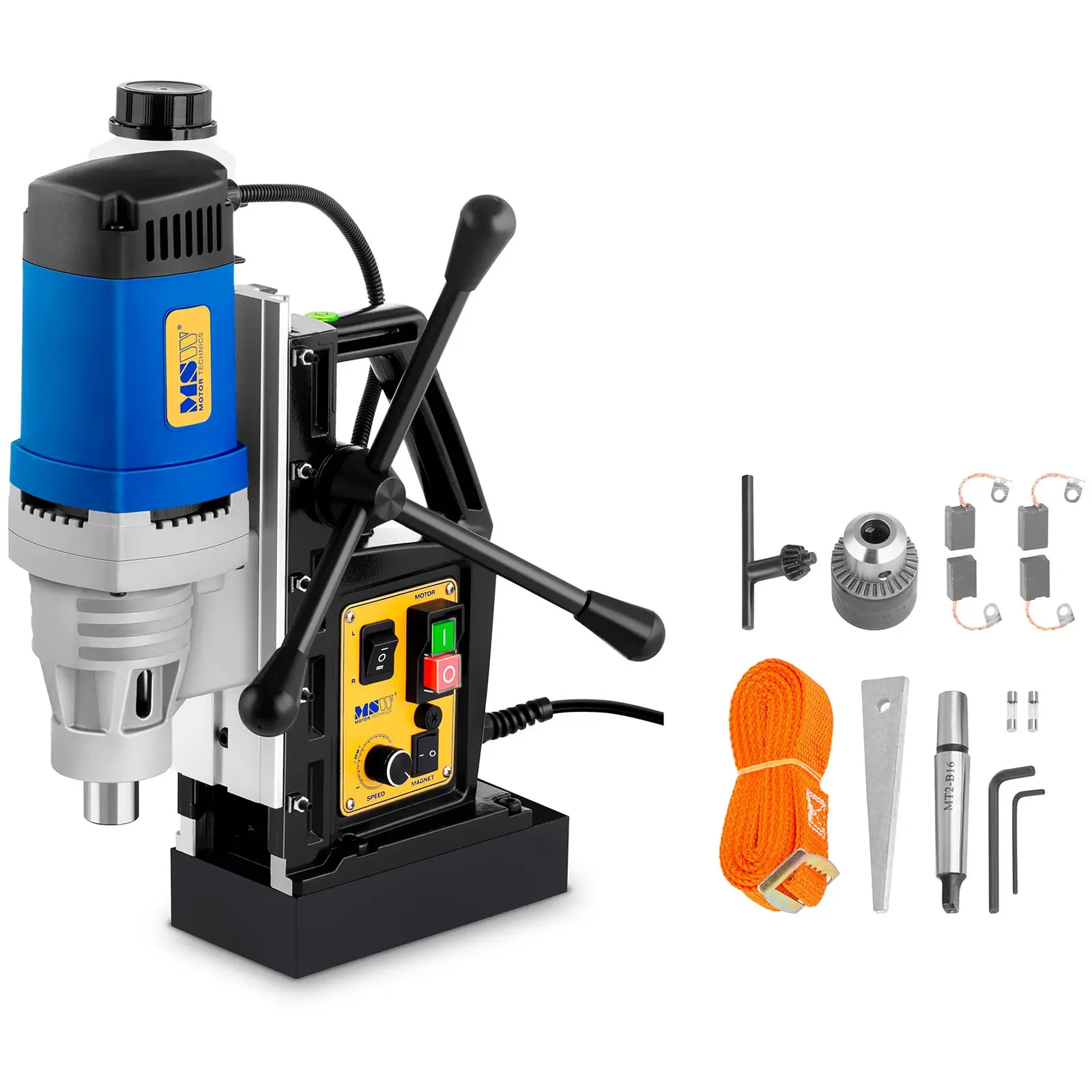

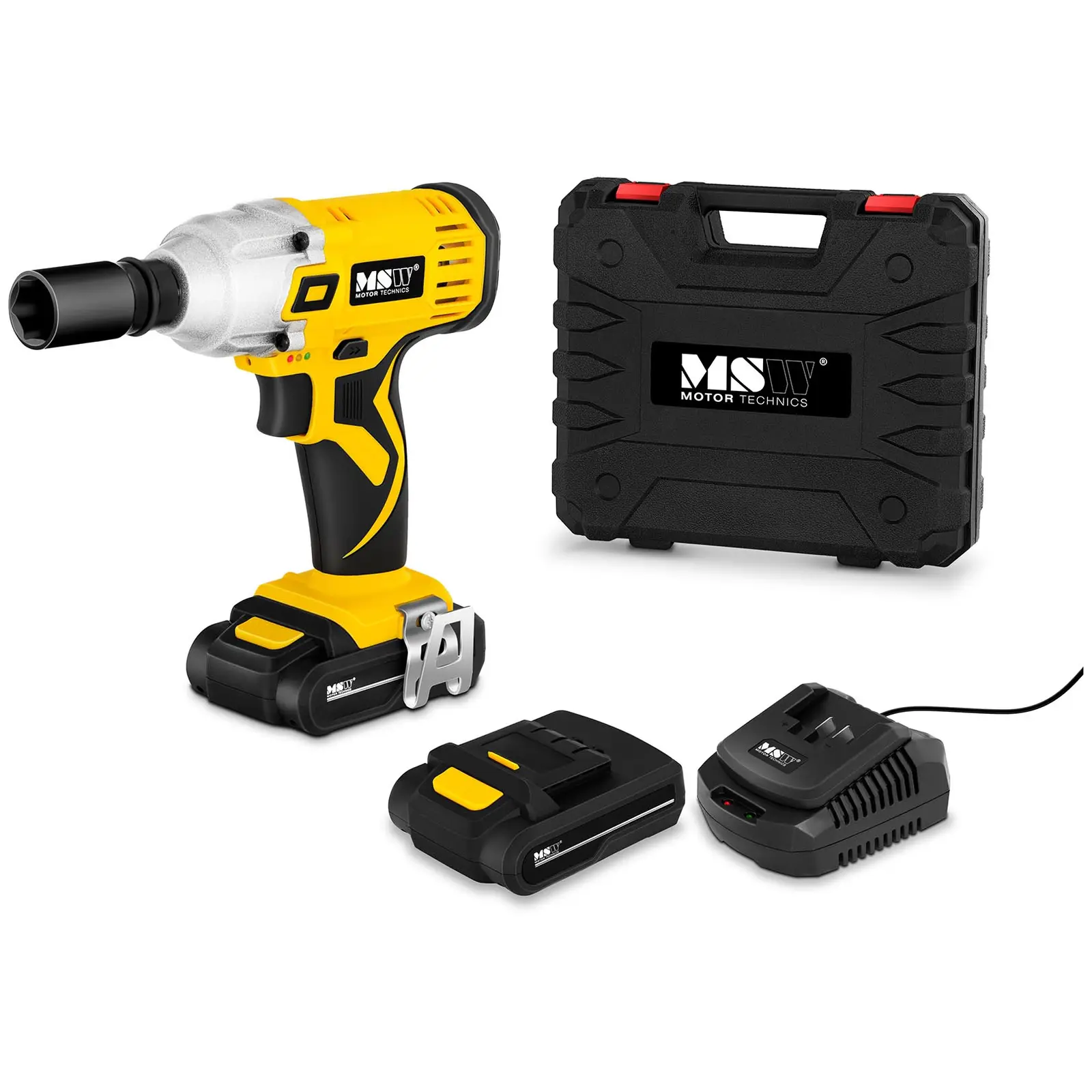




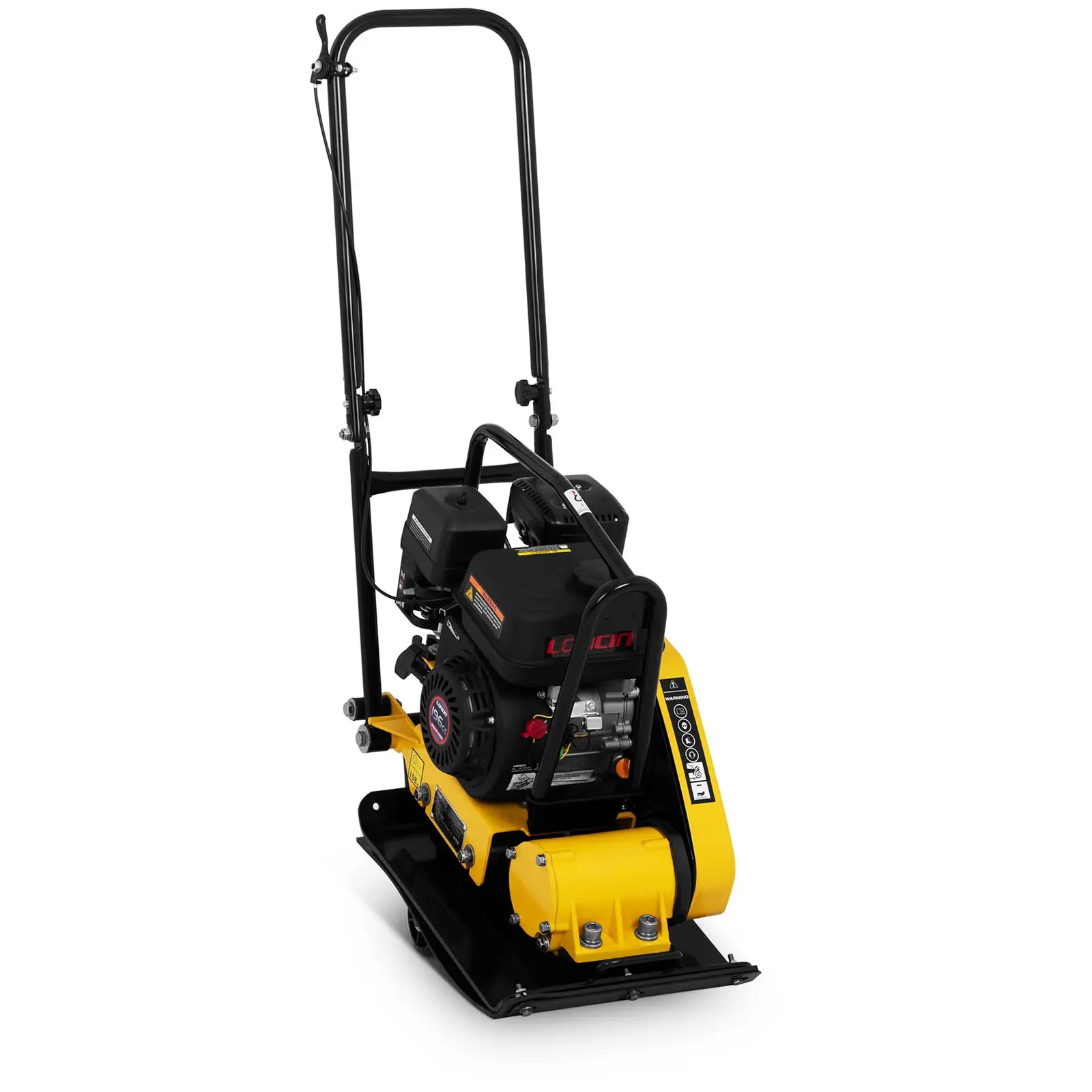






Share